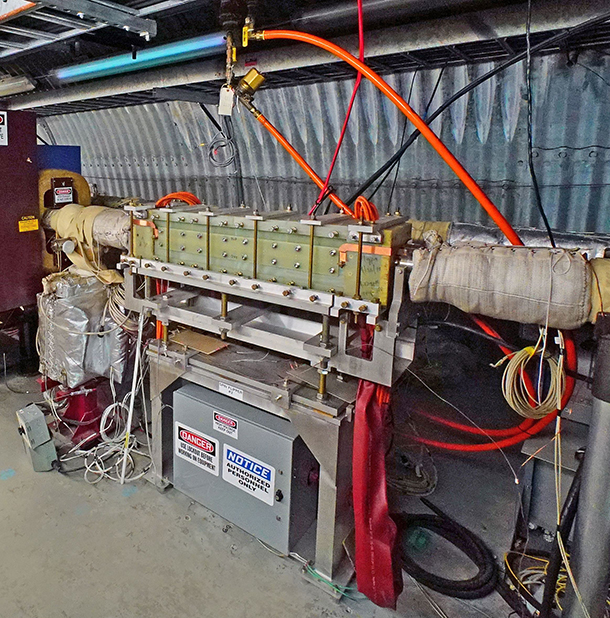
Spin Flipper Upends Protons
The spin direction of protons was reversed, for the first time, using a nine-magnet device, potentially helping tease out details about protons that affect medical imaging and more.

The spin direction of protons was reversed, for the first time, using a nine-magnet device, potentially helping tease out details about protons that affect medical imaging and more.
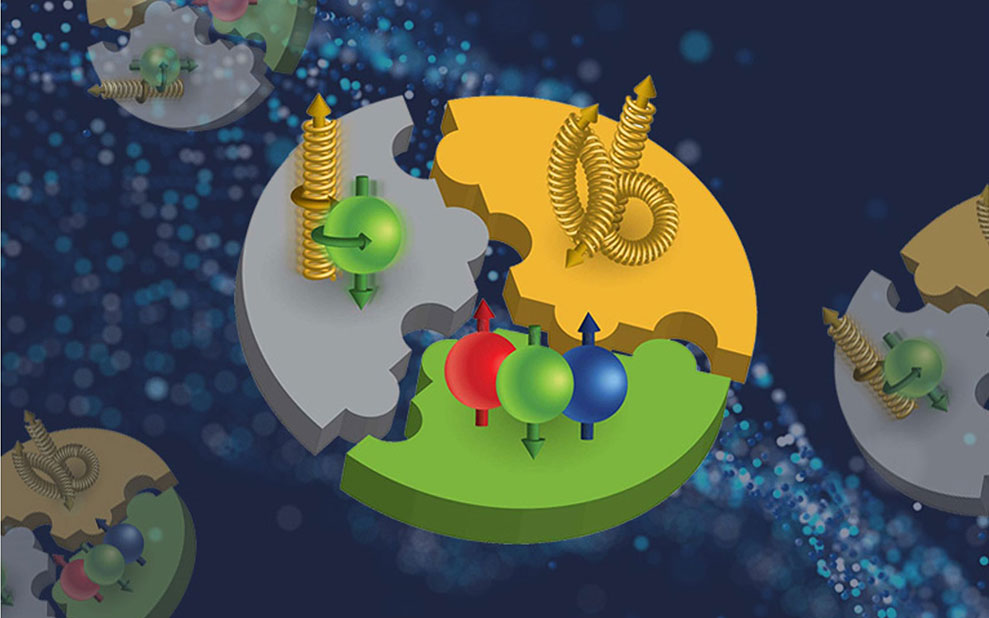
Antiquark spin contribution to proton spin depends on flavor, which could help unlock secrets about the nuclear structure of atoms that make up nearly all visible matter in our universe.

A precision measurement of the proton’s weak charge narrows the search for new physics.
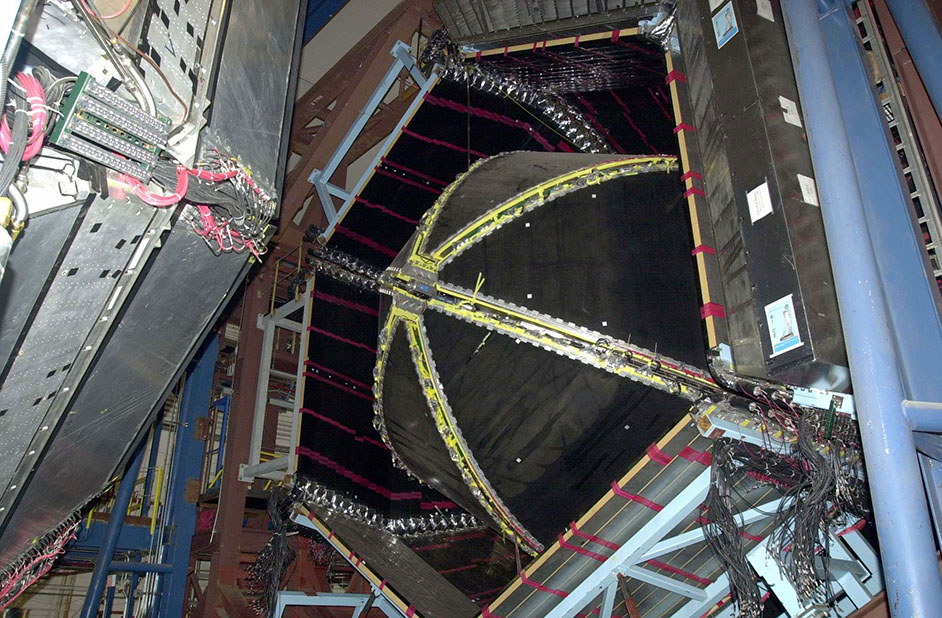
Physicists develop a universal mathematical description that suggests that proton-neutron pairs in a nucleus may explain why their associated quarks have lower average momenta than predicted.
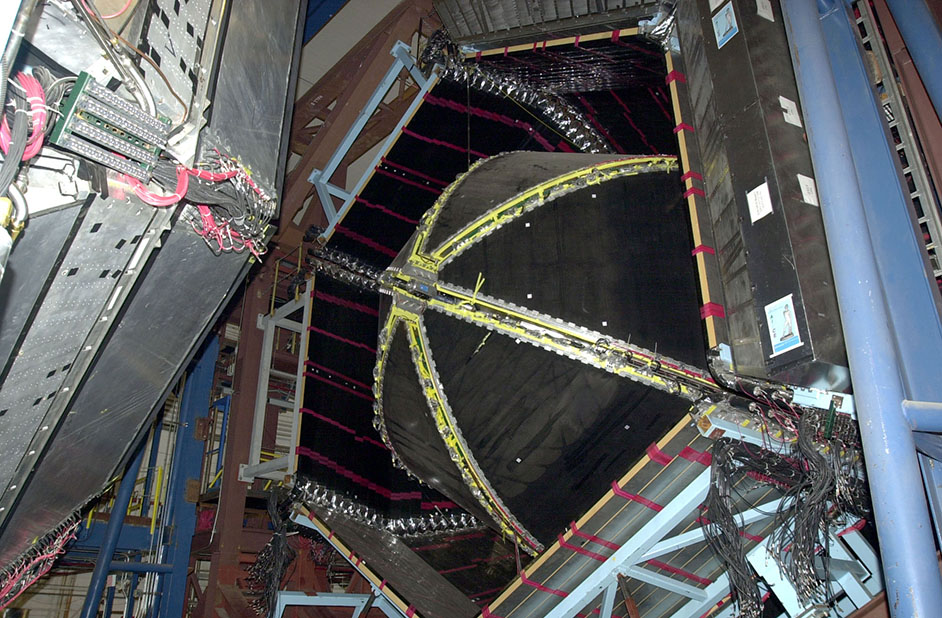
Pressure in the middle of a proton is about 10 times higher than in a neutron star.
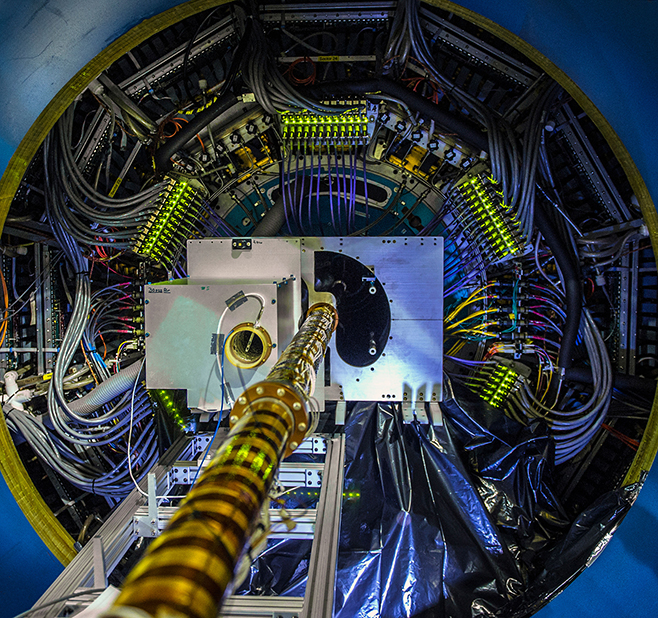
First direct measurement show how heavy particles containing a charm quark get caught up in the flow of early universe particle soup.
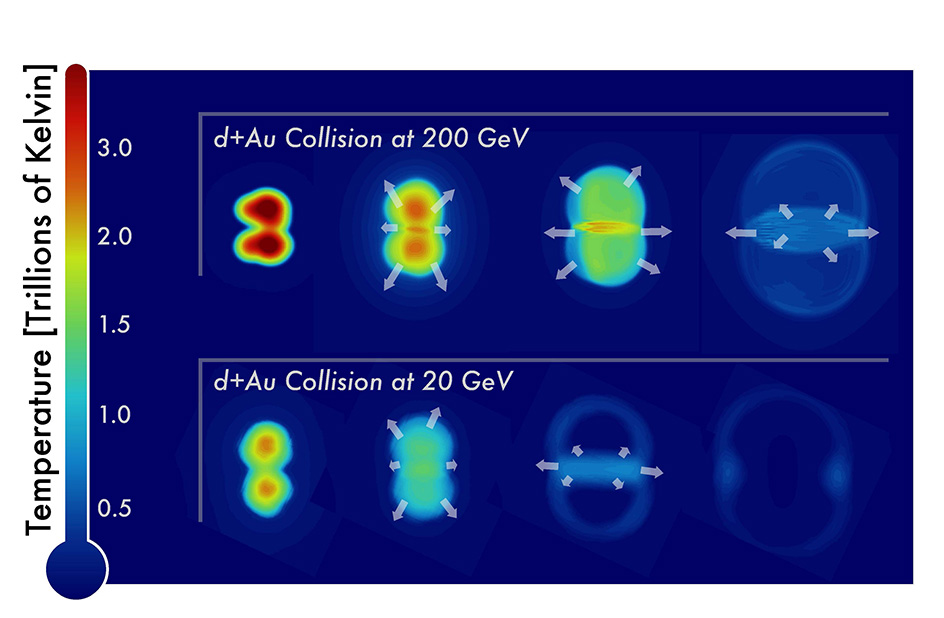
Particle flow patterns suggest even small-scale collisions create drops of early universe quark-gluon plasma.
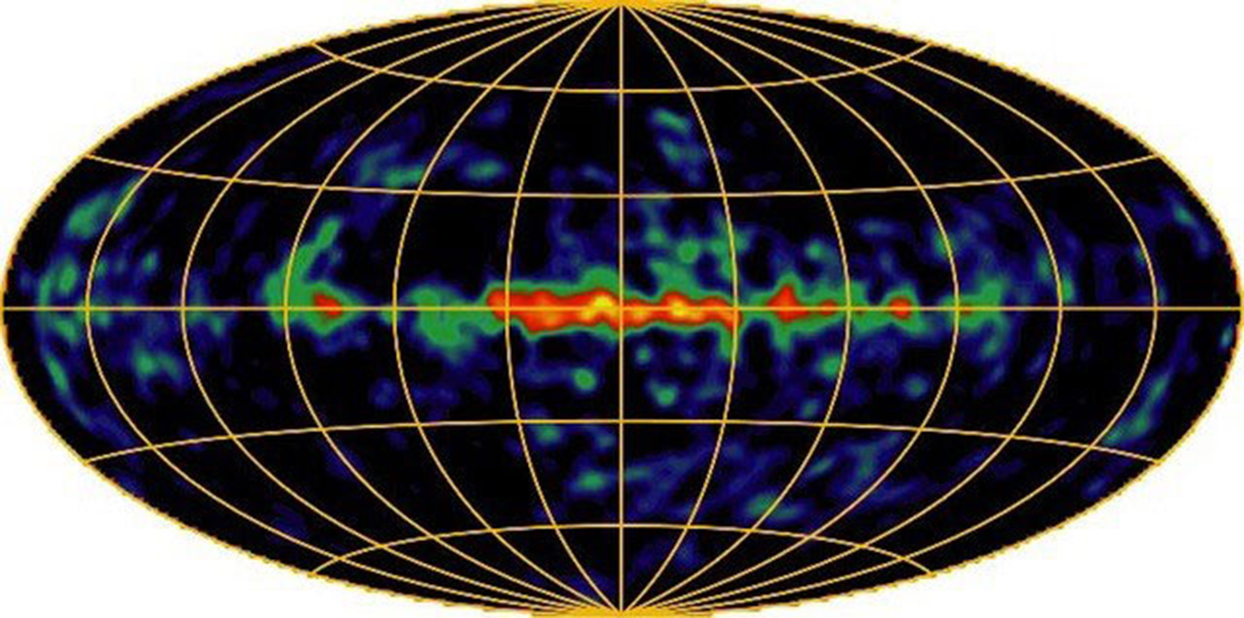
A new measurement using a beam of aluminum-26 prepared in a metastable state allows researchers to better understand the creation of the elements in our galaxy.
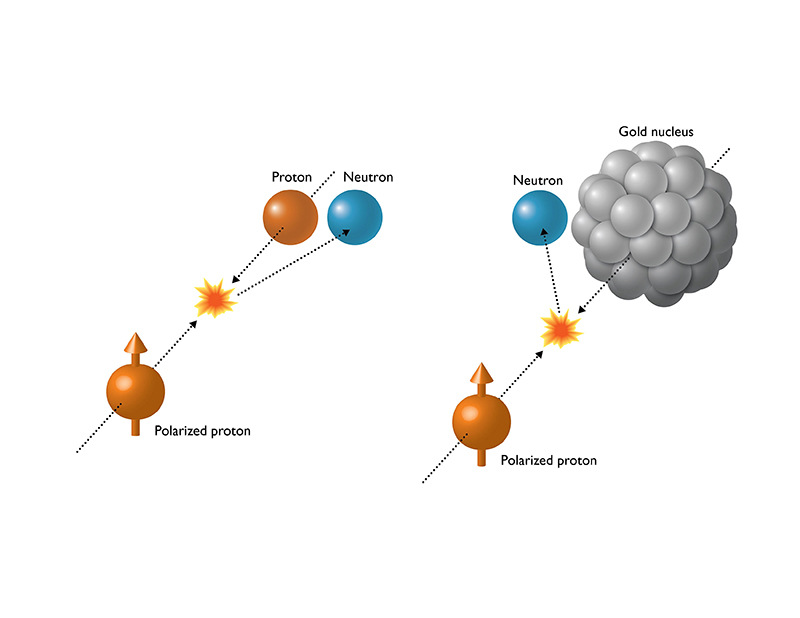
The size of a nucleus appears to influence the direction of certain particles emitted from collisions with spinning protons.
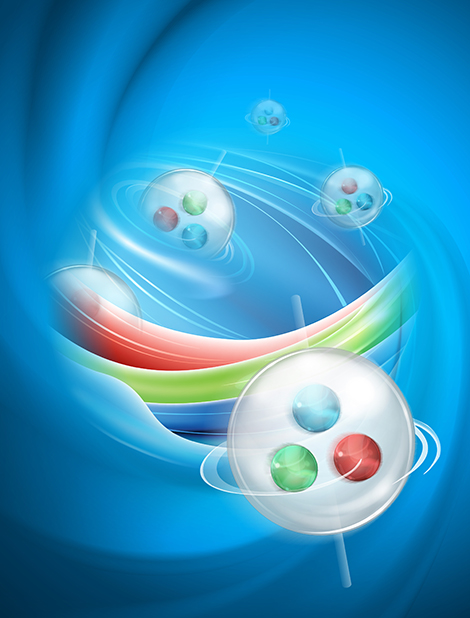
Swirling soup of matter’s fundamental building blocks spins ten billion trillion times faster than the most powerful tornado, setting new record for “vorticity.”
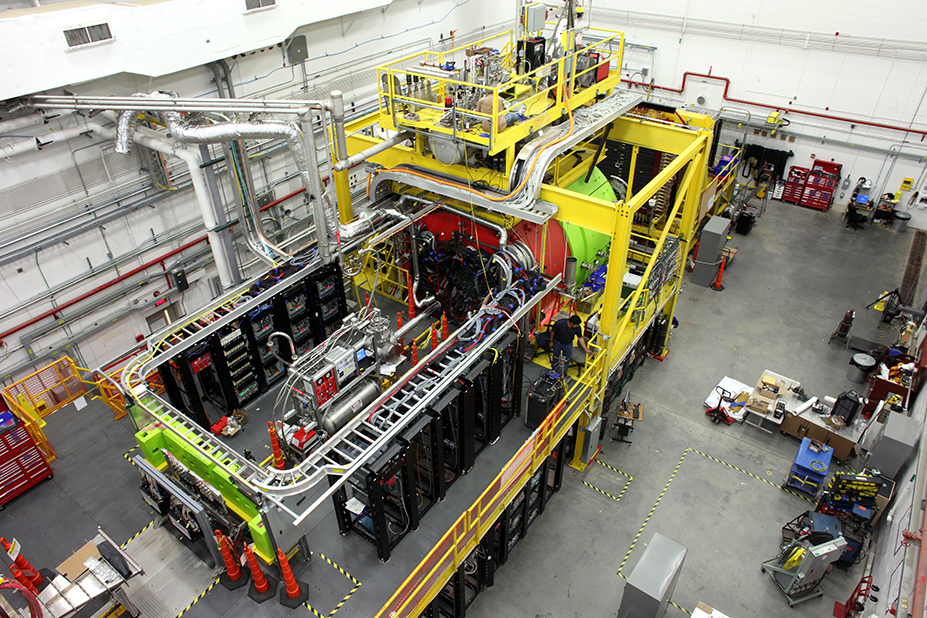
The newly upgraded CEBAF Accelerator opens door to strong force studies.
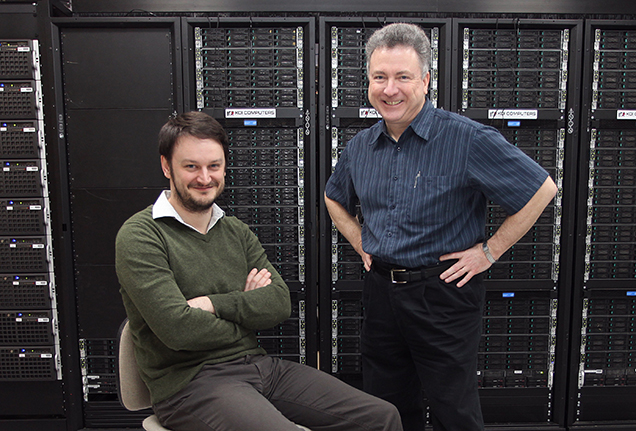
Calculations of a subatomic particle called the sigma provide insight into the communication between subatomic particles deep inside the heart of matter.